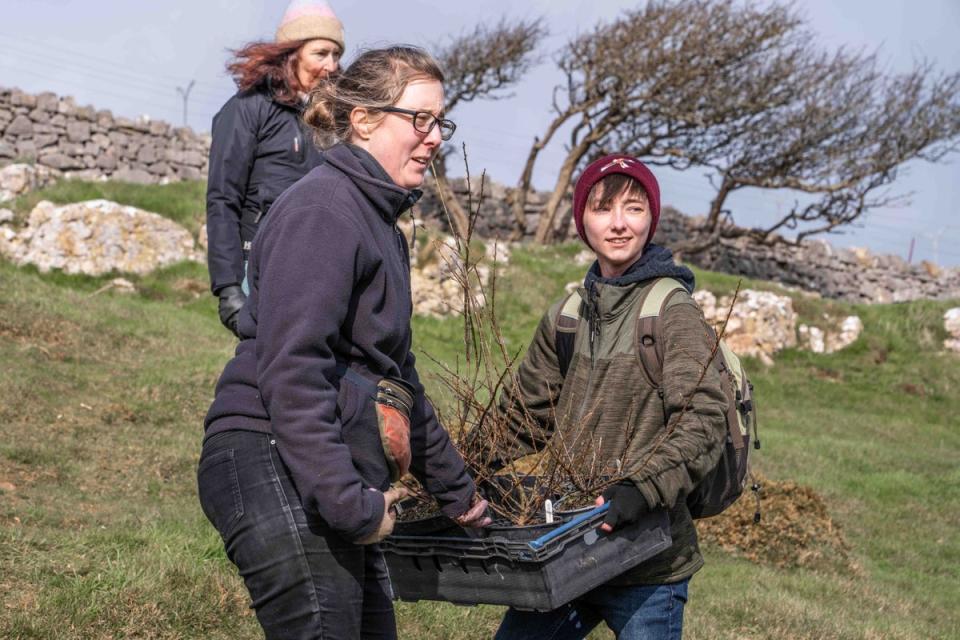Conservation efforts are working to save species and protect biodiversity, study finds
Conservation measures are proving effective in stopping the rapid loss of global biodiversity, a major international study has found.
A group of researchers spent about a decade analysing 665 conservation trials and 186 reports on projects to preserve Earth’s diverse ecosystems and concluded that conservation efforts have had a net positive effect in two-thirds of the cases by improving biodiversity or at the least slowing loss.
The findings of the study were published in the journal Science on Thursday.
Nearly one out of every three species on the plant faces extinction, according to recent research.
The researchers found that interventions such as invasive species control, habitat restoration, establishment of protected areas, and sustainable management practices are particularly effective in protecting vulnerable ecosystems.
This is the “strongest evidence to date” that environmental intervention and conservation efforts are working, said Dr Penny Langhammer, executive vice president of the environment charity Re:wild and a co-author of the study.
“We have shown that across a full suite of conservation actions and intervention types, multiple levels and metrics of biodiversity, and over a century of action, conservation has improved the state of biodiversity, or at least slowed its decline, compared with no conservation action,” the study reads.
“Our calculated effect sizes are often large and positive, meaning that the outcomes from conservation actions are substantially better than no action at all.”
“If you read the headlines about extinction these days, it would be easy to get the impression that we are failing biodiversity, but that’s not really looking at the whole picture,” Dr Langhammer told the BBC.
“This study provides the strongest evidence to date that not only does conservation improve the state of biodiversity and slow its decline, but when it works, it really works.”

The study, however, also notes critical gaps and challenges in current conservation efforts.
Indeed, despite significant investments of time, resources and funding, many international conservation goals, including those outlined in the Global Biodiversity Framework 2022, remain unmet.
The treaty, signed by nearly 200 countries, sought to save a third of the world’s land and ocean for biodiversity and increase investment in preserving nature by the end of the decade. It set an investment target of at least $200bn (£160bn) per year from public and private sources. But only an estimated $121bn a year is currently being invested in conservation worldwide.
“These measures are clearly not being funded at a sufficient scale to actually start to reverse global declines in biodiversity,” Dr Joseph Bull, associate professor of climate change biology at Oxford University, told BBC.
The new study focussed much of its attention on western Europe, North America, Australia and New Zealand, observing flora and fauna like seahorses, turtles, crocodiles, algae, coral, salmon and more. To get a full picture of the effectiveness of conservation programmes, experts said, more data is needed from the global south.


